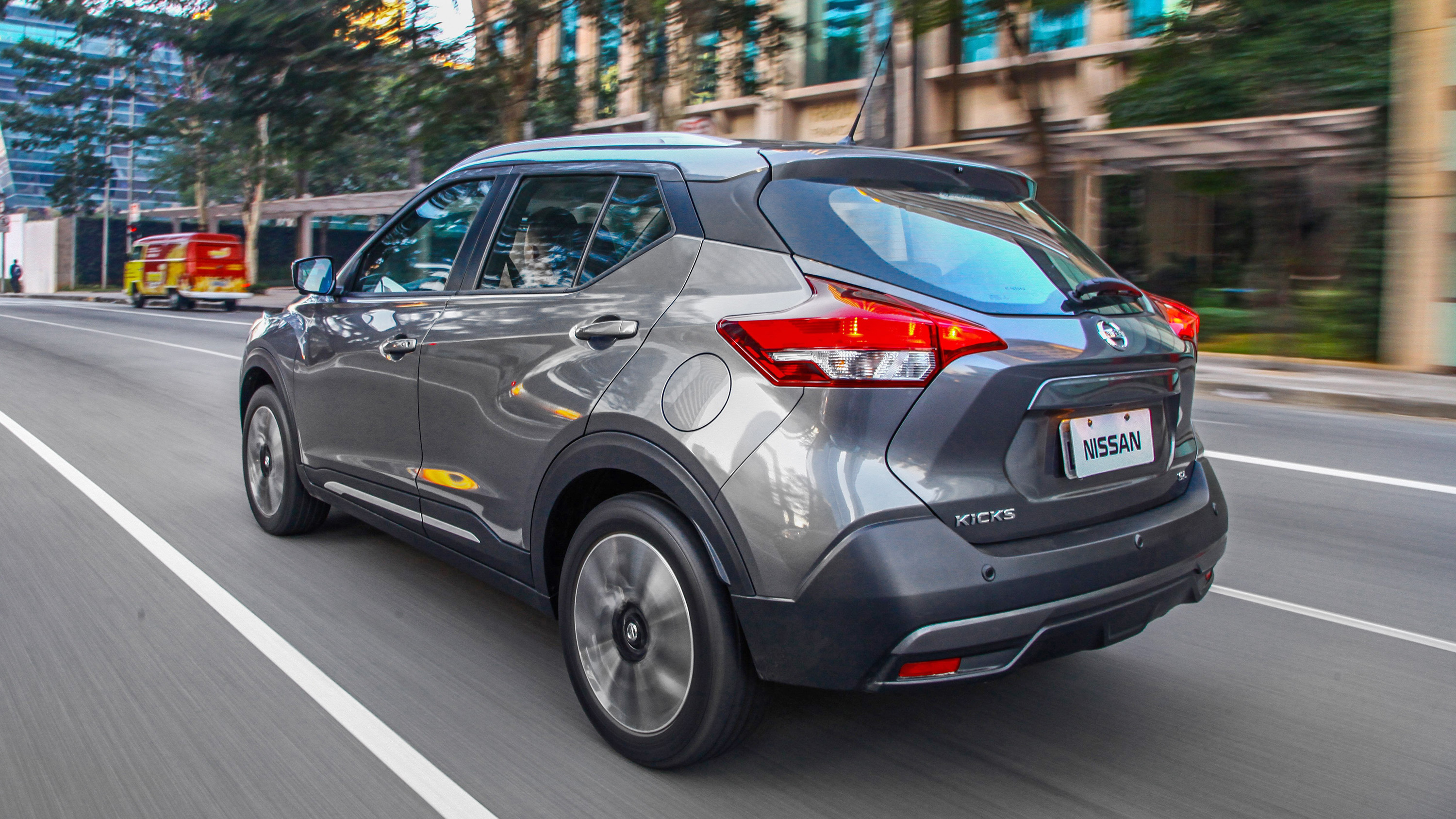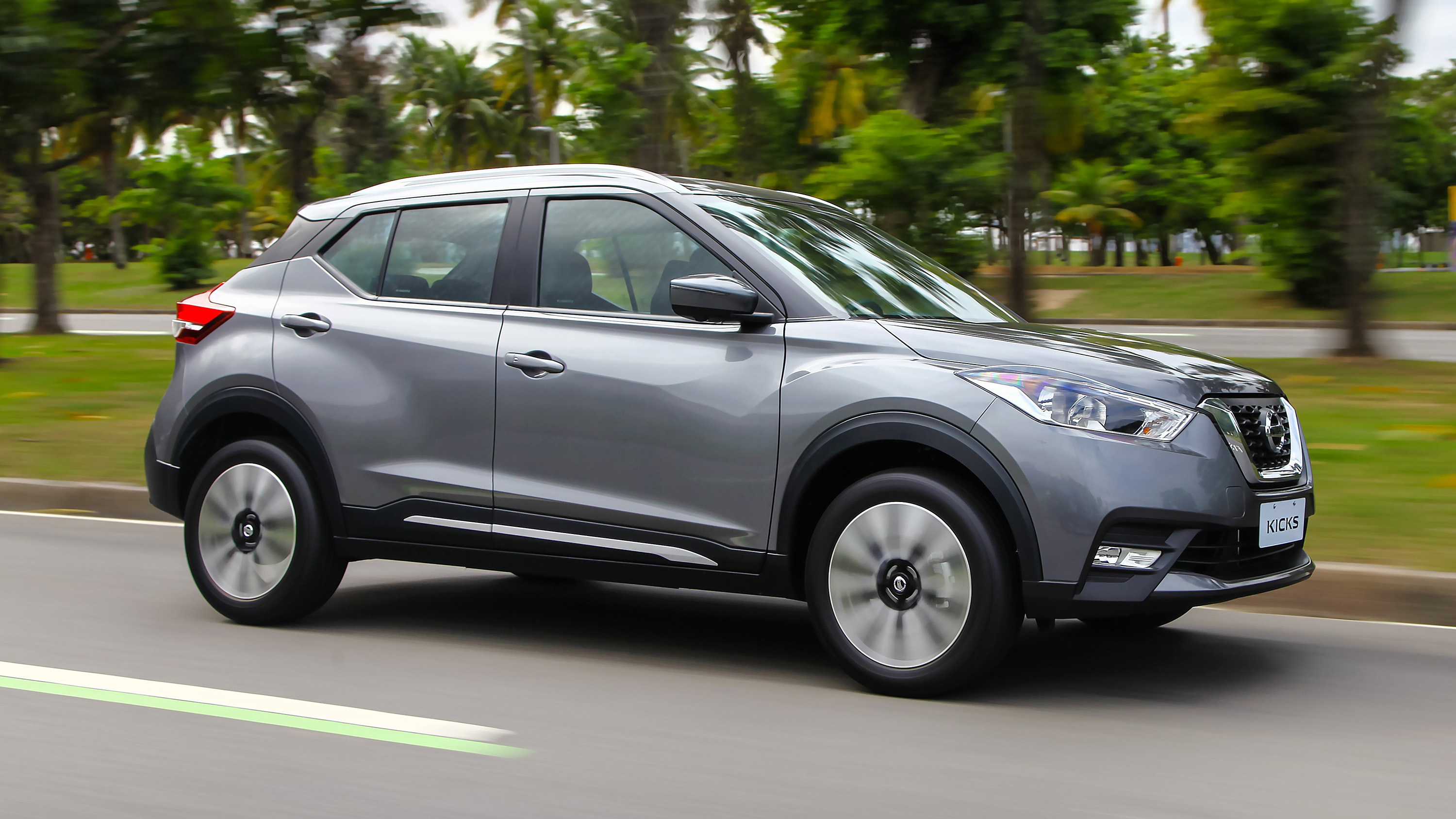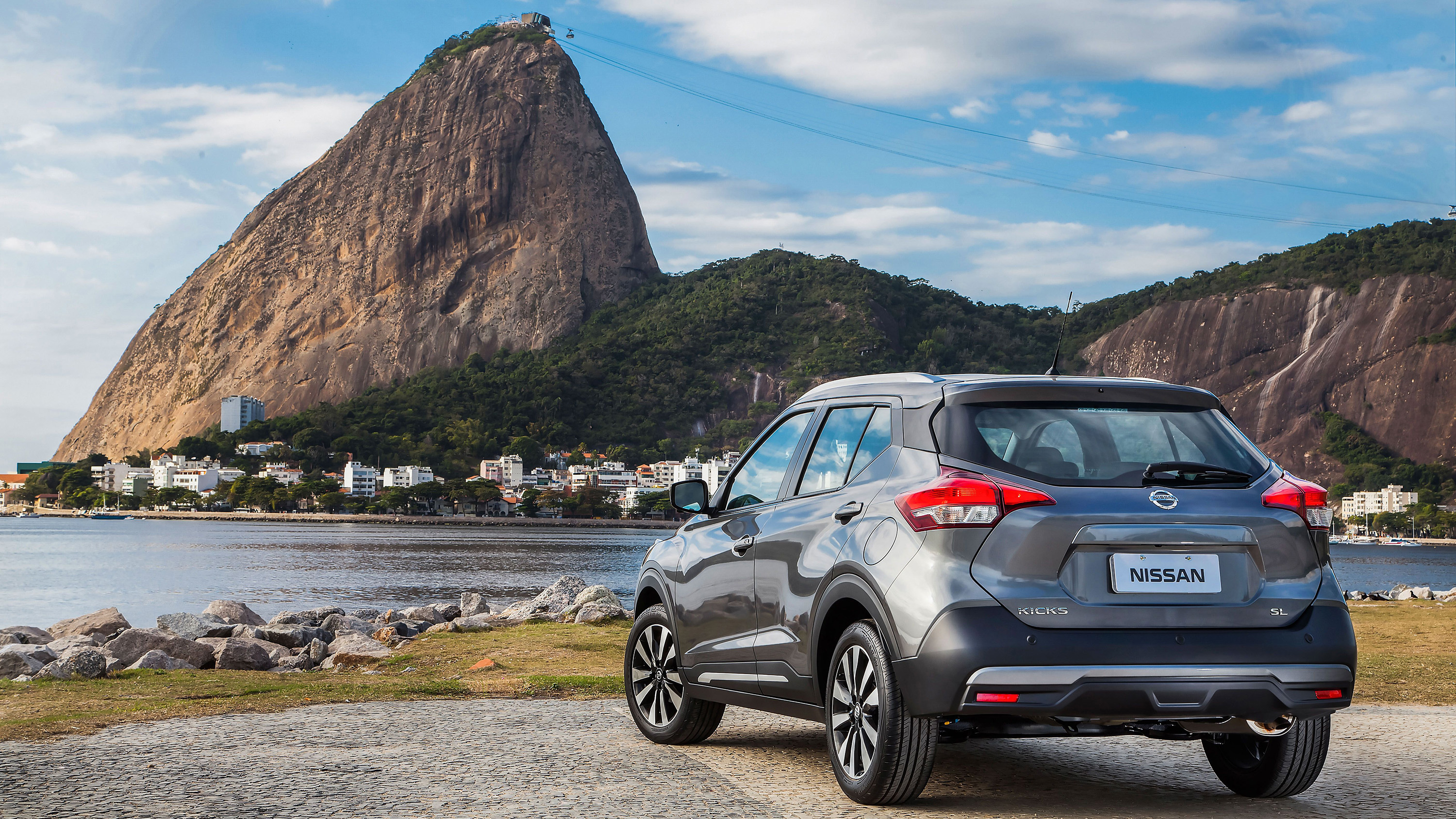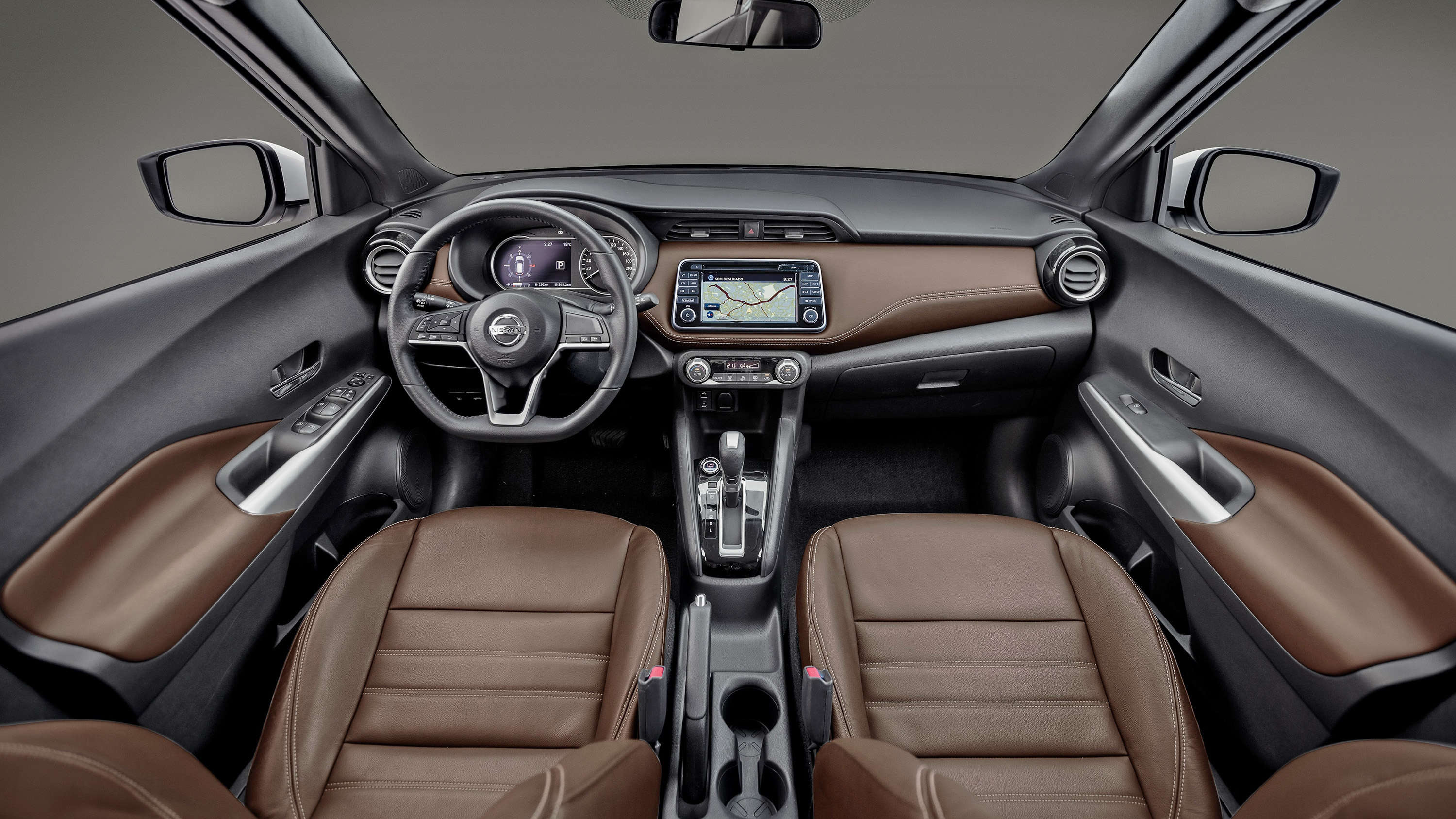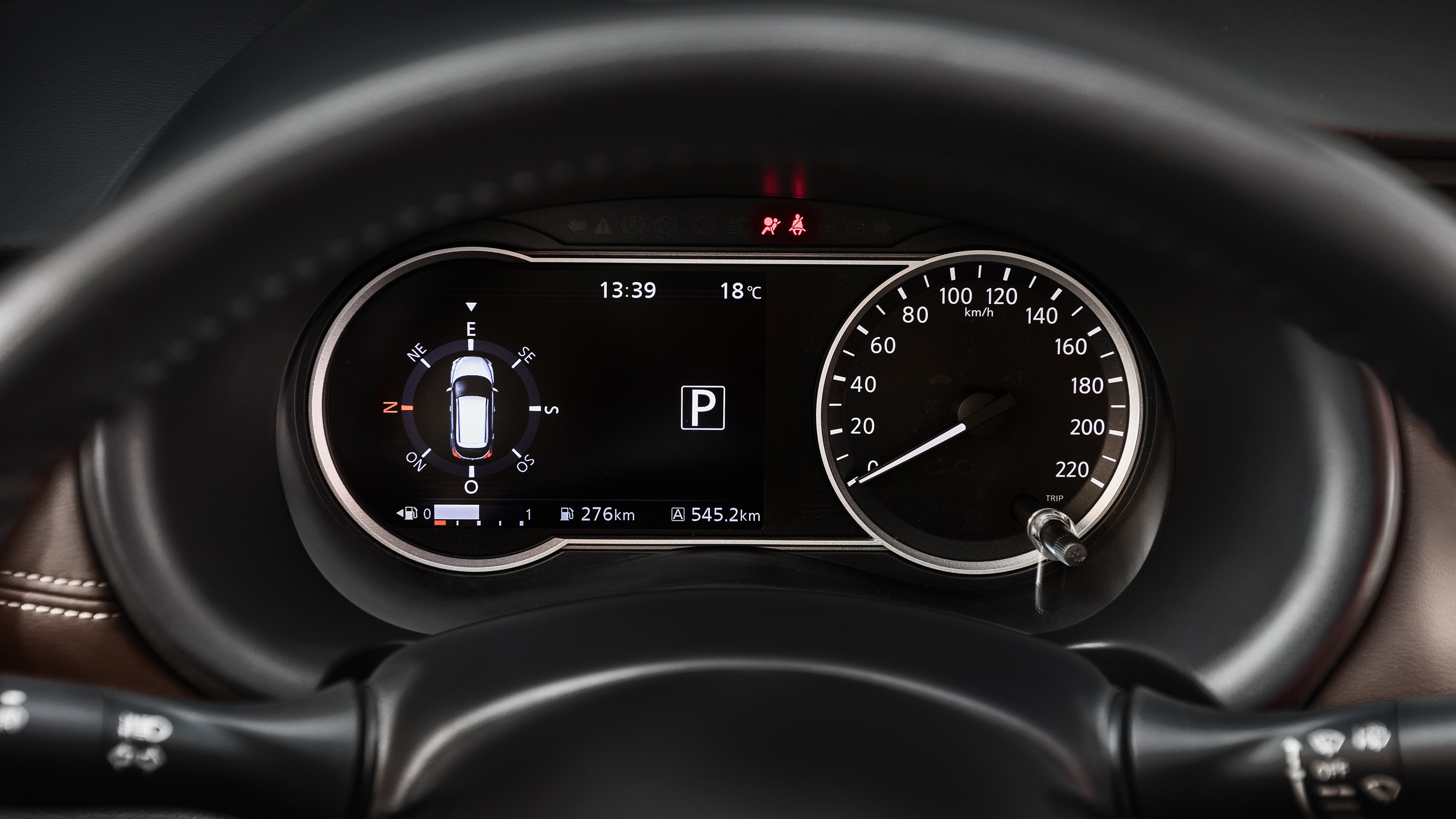
Review: the not for Brits Nissan Kicks
What’s this? A new Juke?
Nope, and it’s not a sexier Qashqai either. The Nissan Kicks is a new crossover that sits between the two in size and spaciousness, and for my money looks more handsome than both.
But before you get too attached to it, here’s the rub: you can’t buy a Kicks in the UK. Or Europe. Or the US. Not now, not ever.
Why not?
Because the Kicks has been built to target sales in South America, Asia and well, around 80 countries, eventually. It’s not a ‘one-world’ car.
Currently, the car is being imported to Brazil, where we got our, ahem, Kicks, but soon Nissan will ramp up production over there, avoiding heavy import duties and dropping the price down to compete with the masses of Korean hatchbacks that dominate the Brazilian road scape.
Nissan has spent more than £200million updating the factory, all in the name of dodging taxes that currently price the Kicks in well-specced Qashqai territory, at over £20,000.
So is it not coming to Europe because it’s not very good?
That does the Kicks an injustice, because it’s not just the trendy, outlandish metalwork that belies humble origins. It’s also remarkably well put together inside.
The dashboard is covered in faux stitched leather, but the result looks and feels really smart – much more so than, say, a Ford EcoSport or even the ageing Nissan Juke – and the rev counter is part-digital and can be configured to show sat nav and trip info.
Top Gear
Newsletter
Thank you for subscribing to our newsletter. Look out for your regular round-up of news, reviews and offers in your inbox.
Get all the latest news, reviews and exclusives, direct to your inbox.
Altogether, it’s a logical but thoughtfully designed cabin. There’s decent oddment storage, a deep boot and the rear seats are genuinely spacious.
But will Audi and VW be poking around taking notes?
Perhaps not, but while the Kicks’ door cards and transmission tunnel are decked out in fairly grim plastic, you want the ruggedness for markets like Brazil. Cars need to be tough. The roads out there vary wildly in quality, and sometimes simply run out altogether. A soft-touch dash would quickly fall down the list of priorities if you needed a cheap, durable hatchback to daily-drive here.
Is there anything innovative about the Kicks, though?
Not powertrain-wise: there’s a one-size-fits all 1.6-litre petrol engine with 113bhp, good for running on the ethanol that pervades the Brazilian fuel market, and a choice of six-speed manual or CVT automatic transmissions.
We drove the latter, and suffice to say that while it sets no standards for whispering progress, the CVT’s no worse than what we’re used to in similarly equipped European cars, and the 12-second 0-62mph time is adequate. It cruises politely enough, and drinks at 35mpg or so. All very worthy.
The Kicks’s main tech boast is a cut-price ‘active ride’ system, which tries to quell ungainly body shimmies not with expensive adjustable dampers, but by grabbing alternate brakes to settle the body’s inertia. Apparently.
If I’m honest, I read about the system after driving the car. The anti-fidget effect was not noticeable, and the motorway behaviour does tend towards pitching and wallowing a tad. Not dreadful, not a deal breaker, but just not quite as sophisticated as what we’re spoilt with in Europe or the US. Fit for purpose for the what Nissan needs the Kicks to do? Yes, all day long.
Any good to throw around?
Not really the Kicks’s thing – it rolls on its not-actually-adaptive suspension and the controls are fairly numb in response, but hey, few crossovers are giggle-a-minute machines and the Kicks has enough grip and composure to embarrass the sub-par Ford EcoSport and, I’d wager, a few other complacent rivals.
So you like it in a rough-and-tumble, better than expected kind of way?
Indeed. I like the looks, the name, the usefulness, and the pervading sense that Nissan’s looked at what the priorities are for the Kicks’ intended audience, and built a car for them, not a car that shouts louder on the spec sheet but then lights the afterburners on the price. If it did come to Europe as a Dacia Duster’s hip urban rival, it’d be far from outclassed.
Featured

Trending this week
- Car Review
BMW 1 Series
- Top Gear's Top 9
Nine dreadful bits of 'homeware' made by carmakers




